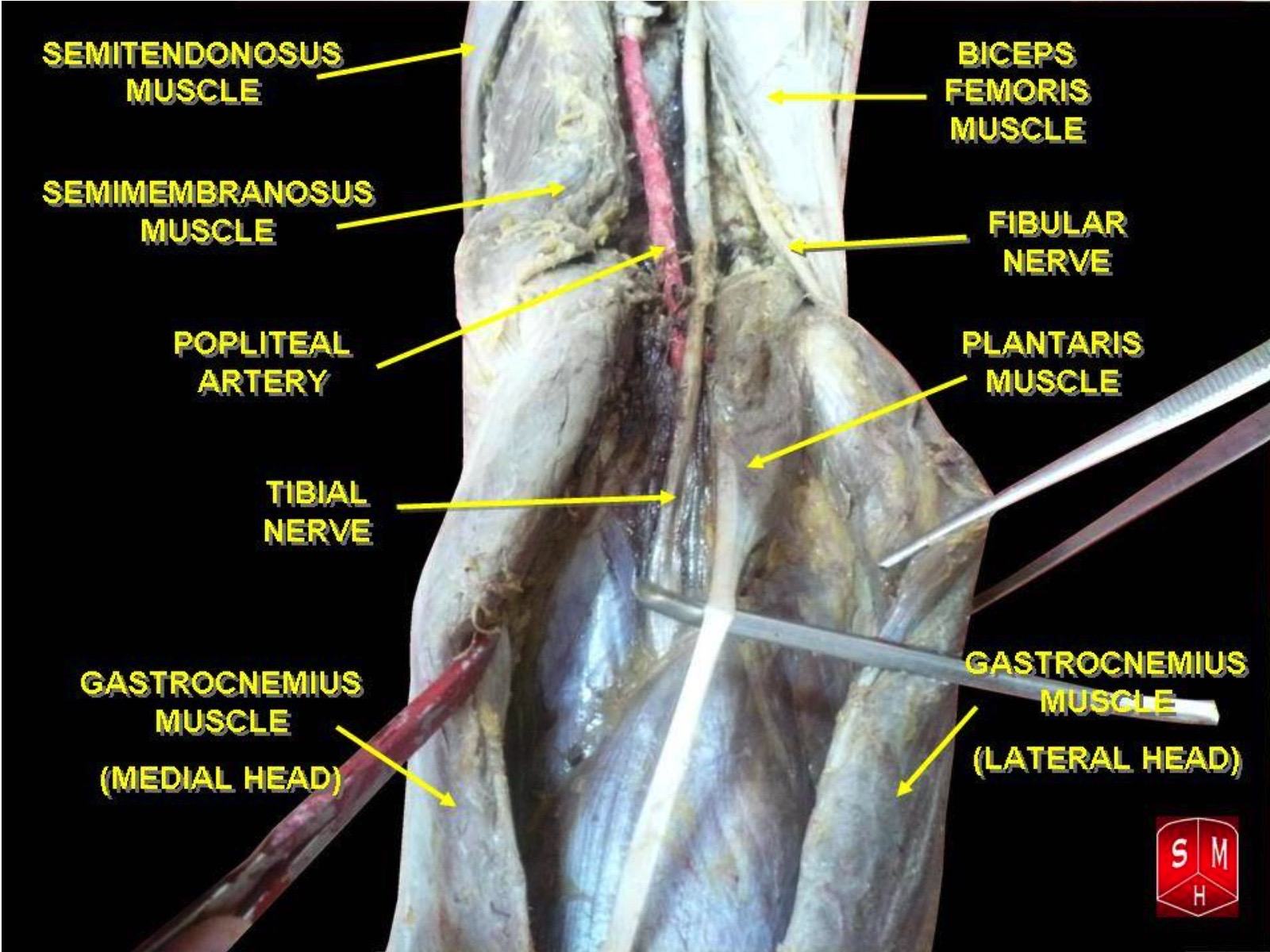Continuing posterior tibial nerve stimulation after twelve weekly sessions: a randomized controlled trial

All claims expressed in this article are solely those of the authors and do not necessarily represent those of their affiliated organizations, or those of the publisher, the editors and the reviewers. Any product that may be evaluated in this article or claim that may be made by its manufacturer is not guaranteed or endorsed by the publisher.
Accepted: 16 November 2021
Authors
Posterior Tibial Nerve Stimulation (PTNS) is a treatment option for refractory Overactive Bladder (OAB). There is currently no evidence to support which maintenance schedule is most effective. The objective of this study is to compare patientreported outcomes between monthly maintenance therapy and sessions scheduled Per patient request (PRN). We hypothesized that there is no difference in these measures between groups. After completing 12 sessions of PTNS, patients were randomized to monthly or PRN maintenance. Quality of life, patient satisfaction, and degree of symptom bother were assessed with validated questionnaires. Thirty six patients were randomized: 19 to monthly follow-up, and 17 to PRN follow-up. The PRN group demonstrated a significantly higher quality of life (p=0.04) with a large effect size (0.82). Over a three-month period, there was no significant difference in the average number of visits between the monthly and PRN groups, with an average of 1.79 (±1.18) and 1.24 (±1.35) visits, respectively (p=0.20). After six months of maintenance therapy, 42% of patients in the monthly group and 53% of patients in PRN group elected to continue therapy (p=0.27). There was no significant difference between the groups with regard to treatment satisfaction (p=0.62) or percent change in OAB symptoms (p=0.13). There is no difference between monthly and PRN follow-up in terms of patient satisfaction and symptom bother. However, the PRN group scored higher on the quality of life measure. PRN maintenance may optimize care for patients treating Overactive Bladder Syndrome with posterior tibial nerve stimulation.






